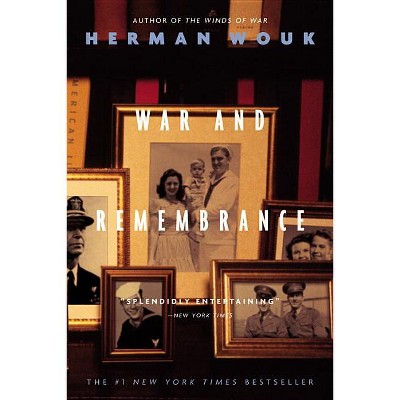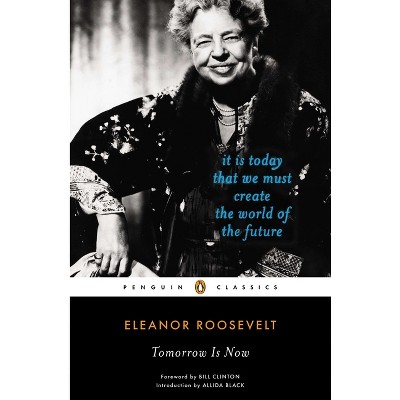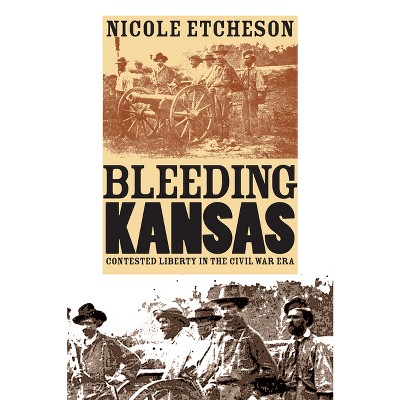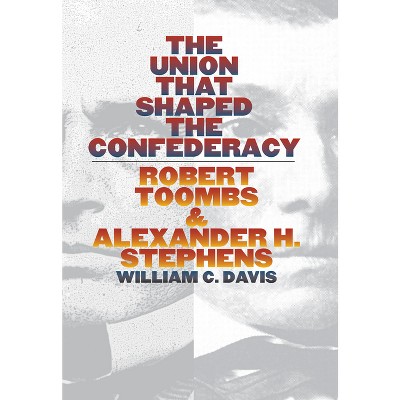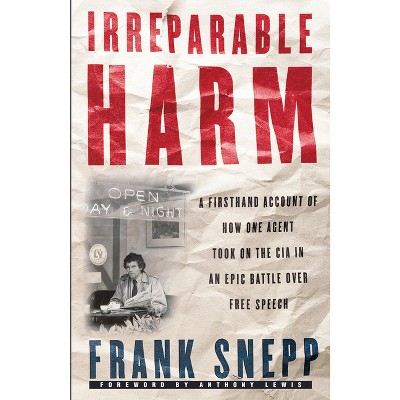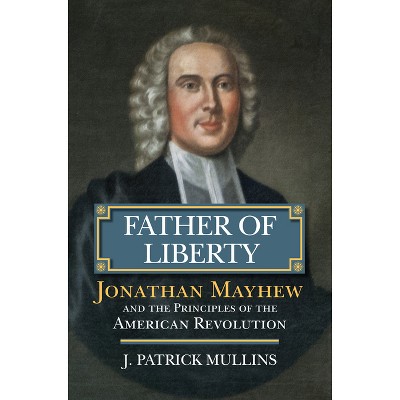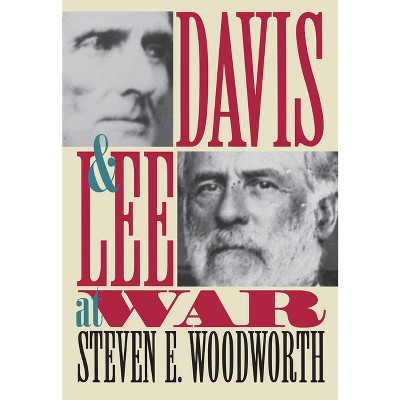Sponsored

A Generation at War - by Nicole Etcheson (Paperback)
In Stock
Sponsored
About this item
Highlights
- Winner: Avery O. Craven AwardWinner: Indiana Center for the Book AwardFor all that has been written about the Civil War's impact on the urban northeast and southern home fronts, we have until now lacked a detailed picture of how it affected specific communities in the Union's Midwestern heartland.
- Author(s): Nicole Etcheson
- 384 Pages
- History, United States
Description
About the Book
Examines how the Civil War impacted specific communities in the Union's Midwestern heartland. Offers a deeply-researched microhistory of one such community--Putnam County, Indiana--from the Compromise of 1850 to the end of Reconstruction, and shows how its citizens responded to and were affected by the war.
Book Synopsis
Winner: Avery O. Craven Award Winner: Indiana Center for the Book Award
For all that has been written about the Civil War's impact on the urban northeast and southern home fronts, we have until now lacked a detailed picture of how it affected specific communities in the Union's Midwestern heartland. Nicole Etcheson offers a deeply researched microhistory of one such community--Putnam County, Indiana, from the Compromise of 1850 to the end of Reconstruction--and shows how its citizens responded to and were affected by the war.
Delving into the everyday life of a small town in one of the nineteenth century's bellwether states, A Generation at War considers the Civil War within a much broader chronological context than other accounts. It ranges across three decades to show how the issues of the day--particularly race and sectionalism--temporarily displaced economic and temperance concerns, how the racial attitudes of northern whites changed, and how a generation of young men and women coped with the transformative experience of war.
Etcheson interrelates an impressively wide range of topics. Through temperance and alcohol she illustrates nativism and class consciousness, while through an account of a murder she probes ethnicity, politics, and gender. She reveals how some women wanted to "maintain dependence" and how the war gave independence to others, as pensions allowed them to survive without a male provider. And she chronicles the major shift in race relations as the most revolutionary change: blacks had been excluded from Indiana in the 1850s but were invited into Putnam County by 1880.
Etcheson personalizes all of these issues through human stories, bringing to life people previously ignored by history, whether veterans demanding recognition of their sacrifice, women speaking out against liquor, or Copperheads parading against Republicans. The introduction of race with the North Carolina Exodusters marks a particularly effective lens for seeing how the idealism unleashed by Lincoln's war influenced the North. Etcheson also helps us understand how white Southerners tried to reunify the country on the basis of shared white racism.
Drawing on personal papers, local newspapers, pension petitions, Exoduster pamphlets, and more, Etcheson demonstrates how microhistory helps give new meaning to larger events. A Generation at War opens a new window on the impact of the Civil War on the agrarian North.
Review Quotes
"In this fine micro-history of Putnam County, Indiana, Etcheson traces the impact of the Civil War on the community, focusing in particular on local politics and attitudes about race and gender roles. . . . To see this book as merely an answer to the question of how the Civil War changed the North is to miss the breadth of this micro-history. Etcheson does an admirable job of detailing how events in the broader politics of the nation intertwined with the lives of Putnam residents, and she makes clear, in nuanced readings of their letters, that the beliefs of those residents were broadly shared with others in the North. . . . Even within the structure defined by her broad themes, Etcheson provides a comprehensive exploration of a number of secondary themes, some only lightly connected to those broader themes, that in the end come together to live up to the title's promise of capturing most of the rhythms of life in a rural county in the Civil War era, irrespective of whether they were affected by the Civil War itself."--American Historical Review
"A riveting, rewarding, and meticulously researched study of one county over the course of the three decades between the 1850s and 1870s. . . . The result is, by any standard, a triumph. [This book] is an example of historical research at its finest."--Journal of American History
"Etcheson's employment of micro-history to elaborate the social history of the North during the Civil War represents a standard to which authors of other community histories should aspire."--Kansas History
"With keen insight, Etcheson provides a thoughtful, rewarding, and essential contribution to the study of how the Civil War and Reconstruction changed the North. . . . A remarkable achievement, comprehensively researched and wonderfully readable."--Orville Vernon Burton, author The Age of Lincoln
Etcheson's deep analysis of a Northern home-front community brings to life ordinary and extraordinary people as they responded to America's greatest crisis."--James H. Madison, author of A Lynching in the Heartland: Race and Memory in American History
"This is remarkably engaging on a personal level, and, historically, a tour de force."--Douglas L. Wilson, author of Lincoln's Sword: The Presidency and the Power of Words
Shipping details
Return details
Trending Non-Fiction





